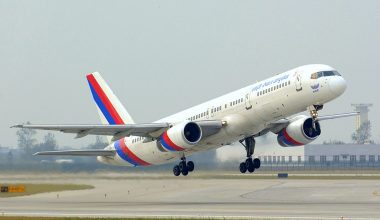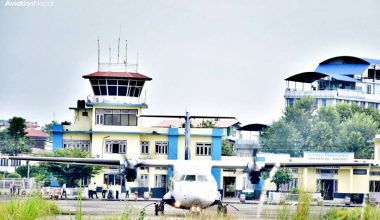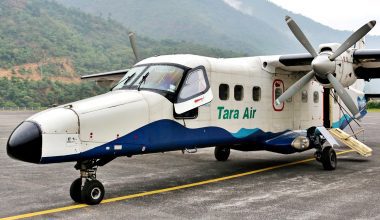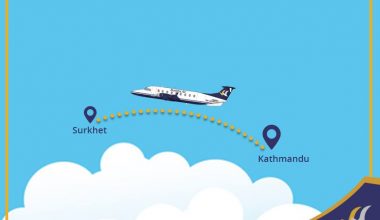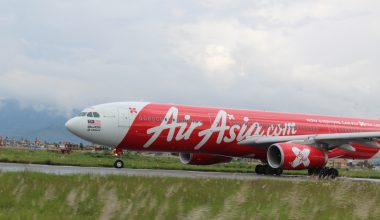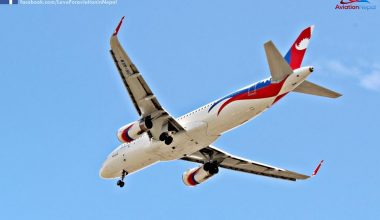The newly installed En-route Monopulse Secondary Surveillance Radar (E-MSSR) at Bhattedanda and Terminal-Monopulse Secondary Surveillance Radar (T-MSSR) at Tribhuvan International Airport (TIA) will come into operation from 1st February 2018 in Kathmandu Flight Information Region (FIR).
The Civil Aviation Authority of Nepal (CAAN) Aeronautical Information Service Department published an Aeronautical Information Publication that is issued for information, guidance and necessary action to be taken following the operation of E-MSSR and T-MSSR.
The general provisions states that the Radar Surveillance Service will be provided only for transponder equipped aircraft in radar covered airspace within Kathmandu Terminal Control Area (TMA) and control zone (CTR). Likewise, at outside controlled airspace, only radar monitoring service will be provided to transponder equipped aircraft. Such service does not relieve the pilot-in-command of an aircraft of any responsibilities including the final decision regarding any suggested alteration of flight plan.
Information derived from Radar surveillance systems, including safety-related alerts and warnings such as Short Term Conflict Alert (STCA) and Minimum Safe Altitude Warning (MSAW), should be used to the extent possible in the provision of air traffic control service in order to improve capacity and efficiency as well as to enhance safety.
The pilots and controllers are strictly required to adhere the published operating procedures and standard radiotelephony phraseology. The correct setting of transponder codes and/or aircraft identification will be ensured at all times.
Federal Aviation Administration (FAA) successfully completed three days long calibration flight for E-MSSR and T-MSSR that was conducted from Nov 18-20. The test flight was carried out by the Bombardier Challenger 601 aircraft dispatched by FAA from 9AM to 4PM local time.
According to the preliminary report dispatched by FAA, there is no any abnormal functioning of the tested radar systems. The detail report will be released shortly by the administration.
The new Mode S Monopulse Secondary Surveillance Radar (MSSR) can monitor the aircraft up to 200 nautical miles. Its range reaches extending up to Dang in the west, and covers up the aerospace of entire eastern, northern and southern parts of the country whereas, the current existing 18 years old outdated radar’s range can only reach up to 60 nautical miles.

